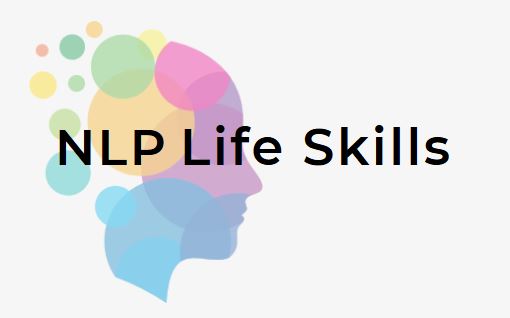Non-Verbal Communication: The Unspoken Language
In the grand symphony of human interaction, there exists a powerful language that shapes our every encounter. This is the language of non-verbal communication. As eloquent as the spoken word, our gestures, facial expressions, and body movements convey emotions and intentions that transcend the limitations of speech. It is a language that speaks volumes, even in silence.
The Importance of Non-Verbal Communication
Imagine a world where words are the only means of expression. Such a world would lack depth, nuance, and the rich tapestry of human connection. Non-verbal communication bridges this gap, allowing us to convey empathy, assertiveness, and sincerity without uttering a single word. It complements and sometimes even contradicts our verbal messages, revealing our true feelings and intentions.
Types of Non-Verbal Communication
- Body Language Body language is the silent narrator of our thoughts and feelings. The way we stand, sit, or move can express confidence, nervousness, or openness. A firm handshake, an open stance, or crossed arms all send powerful signals about our state of mind and our attitude towards others.
- Facial Expressions The human face is a canvas of emotions. A smile can warm a heart, while a frown can create distance. Our expressions can communicate happiness, sadness, anger, or surprise, often more effectively than words. They are universal, transcending cultural and linguistic barriers.
- Gestures Gestures are the punctuation marks of our body language. A nod can signal agreement, while a wave can greet or bid farewell. They can be intentional or subconscious, adding layers of meaning to our interactions.
- Eye Contact The eyes are often described as the windows to the soul. Eye contact can create a connection, show interest, and convey honesty. Conversely, avoiding eye contact can indicate discomfort or deceit. It is a crucial element in establishing trust and rapport.
- Posture How we carry ourselves speaks volumes. Upright posture exudes confidence and attentiveness, while slouched shoulders may suggest insecurity or disinterest. Our posture not only affects how others perceive us but also influences our own self-perception.
- Proxemics (Personal Space) The space we maintain between ourselves and others is a form of communication. Personal space varies by culture and context, but respecting it is essential for comfortable and respectful interactions. Invading someone’s personal space can create tension, while maintaining an appropriate distance fosters ease and connection.
The Impact of Non-Verbal Communication in Different Settings
- Personal Relationships In personal relationships, non-verbal communication is the silent symphony that harmonizes our interactions. A comforting touch, a loving gaze, or a reassuring smile can strengthen bonds and convey affection more profoundly than words alone.
- Professional Environments In the workplace, non-verbal cues are instrumental in building professional relationships and establishing authority. Confident body language and direct eye contact can enhance credibility, while positive gestures can foster collaboration and teamwork.
- Cross-Cultural Interactions Non-verbal communication varies across cultures, adding complexity to international interactions. Understanding these cultural nuances is vital for effective communication. A gesture that is positive in one culture may be offensive in another, making cultural sensitivity essential.
Enhancing your non-verbal communication skills requires self-awareness and practice. Observe your own body language and expressions, and consider how they align with your verbal messages. Seek feedback from others and be mindful of cultural differences. By honing these skills, you can become a more effective and empathetic communicator.




